
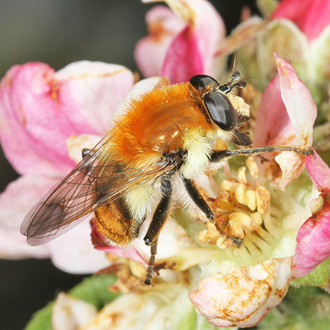
|
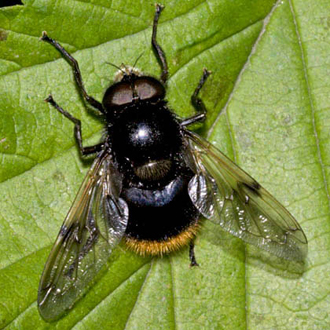 |
 |
 |
 |
 |
 |
 |
 |
 |

|
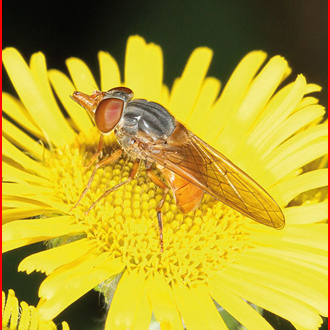
|
 |

|
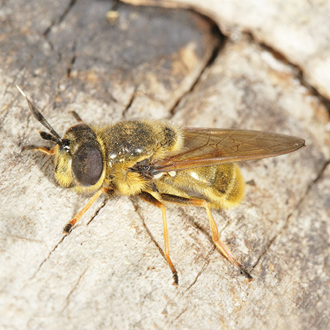
|

|

|

|

|

|

|

|

|

|
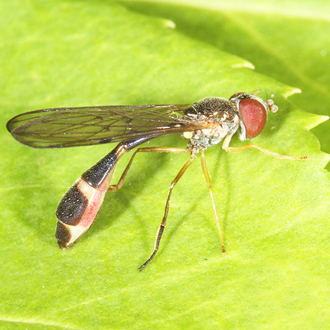
|

|
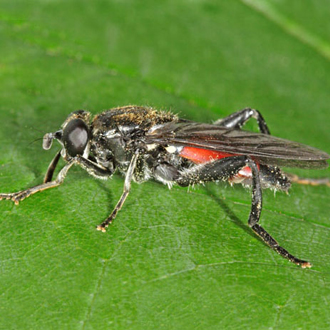
|
|
There are more than 6,700 species of fly in the UK, and with 270 species Syrphidae (hoverflies) form a pretty small fraction of the whole. Some, such as Criorhina ranunculi, which is shown on the Dead Wood page in this section, have a conservation designation due to their scarcity but there are plenty which are common. They are better known than most flies because of their often bright colouration, distinctive flight and habitual presence wherever there are nectar- and pollen-producing flowers, including in gardens. Different species, both as adults and larvae, feed on different organic matter ranging from dung to fungi via plants and other invertebrate larvae. A number are bumblebee or wasp mimics, which directly assists in the life cycle of a handful and gives some protecion to all against attack by predators. Most of the species shown on this page exemplify this. From the same genus as Criorhina ranunculi and commoner though still not exactly two a penny is Criorhina floccosa (16mm), a fine bumblebee mimic whose larvae develop in trees. The adults are seen mainly in June and July. Members of the Volucella tribe are large and obvious, with one exception mimicing Volucella bombylans (24mm) has two colour forms mimicing different bumblebees - bombylans and plumata. Volucella inanis (22mm), which is expanding its range northwards from the home range of the London area, is associated with Hornet (Vespa crabro) and German Wasp (Vespula germanica) nests. The impressive Volucella zonaria (35mm), a Hornet mimic and our largest hoverfly, has colonised Britain from Europe since 1940 and is spreading quite rapidly. Warmer climatic conditions are helping this development. The member of the clan which bears little resemblance to any aculeate is Volucella pellucens (22mm), with its distinctive black and white markings. Despite the seemingly unhelpful appearance, the larvae of this species reside in the nests of social wasps. The adults have a noted preference for bramble flowers. As a point of interest, in just a couple of days in June 2007 the relatively small section of a public park where the accompanying image was taken also saw three other types of Volucella, Criorhina floccosa and such aculeates as the bee Andrena florea, digger wasp Argogorytes mystaceus, cuckoo wasp Nysson spinosus and spider-hunting wasp Priocnemis perturbator. Leucozona lucorum (12mm), which has very similar markings to Volucella pellucens, is frequently found in lush vegetation. Xylota sylvarum (16mm) is a common and fairly large species whose larvae live in the decaying roots of beech or fir, while the chunky Myathropa florea (15mm), which peaks in August, lays its eggs near damp or rain-filled spots in trees. They are similar in markings to Eristalis species Baccha elongata (8mm) is a common hoverfly of woodland edge. The abdomen has an obvious waist and is unmistakeable. Helophilus pendulus (12mm) is the commonest hoverfly seen around wetlands but may be found in any habitat which has a wet element, including woodland. Noisy fliers, they are evident for much of the year but most frequent in July and August. The rat-tailed larvae have been found in shallow water, manure and wet sawdust. Callicera aurata (13mm) is a bonny and nationally scarce hoverfly, one with distinctive white tips to the antennae and a bronzy abdomen covered in golden hairs. The species is very sporadic in appearance but has been seen in plenty of locations and its larvae also live in water-filled cavities in trees. Epistrophe eligans (10mm) and Rhingia campestris (12mm) are commonly found on woodland edges. The latter, whose long snout assists it to nectar in deep flowers - the pictured example is on Penstemon in a garden - uses dung, principally from cows, for breeding. Its close relative Rhingia rostrata is less common and the breeding requirements are uncertain though there may be an association with Badger latrines. Another large species, Scaeva pyrastri (16mm), is principally a Chrysotoxum cautum (14mm) is the largest of the eight yellow-coloured members of the Chrysotoxum genus in Britain, all of which are good wasp mimics, and is easily identified in the field by its markings and broad abdomen as well as size. Scrubby areas with grass and/or trees suit this one as well as Chrysotoxum festivum (12mm) and Chrysotoxum bicinctum (12mm). These species are all on the wing from May to September and visit a wide range of plants for nectar, a comment that applies equally to Xanthogramma pedissequum (12mm), though this species does tend to fly and forage closer to the ground. Larvae are associated with nests of Lasius sp ants. Finally, Ferdinandea cuprea (11mm), which is widespread and distinctively marked but is noticed less than many species because it tends to rest and bask on wood or leaves rather then on flower heads. The pictured female was a useful exception to this rule. Cheilosia is the most numerous hoverfly genus in Britain and the tally has increased in recent times with the arrival from mainland Europe of Cheilosia caerulescens (10mm). The larvae of this species eat House Leeks so it is a rare example of a hoverfly that can be a nuisance for gardeners. The bumblebee mimic Cheilosia illustrata (12mm), a more colourful species than most Cheilosias, is not infrequent. The best place to look is on Hogweed flower heads. Eristalis intricarius (12mm) is another bumblebee mimic and one that is widespread, often found in dampish habitats. Didea fasciata (12mm) and Sericomyia silentis (14mm) are each a fair size and somewhat less common. Images © Jeremy Early. All rights reserved. In 2013 I published My Side of the Fence - the Natural History of a Surrey Garden. Details may be found, and orders placed, via this hyperlink My Side of the Fence. In November 2015 Surrey Wildlife Trust published the atlas Soldierflies, their allies and Conopidae of Surrey, jointly written by David Baldock and me. Details are on this web page: Atlas. |